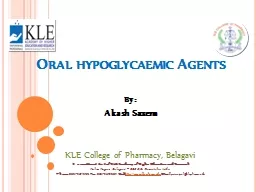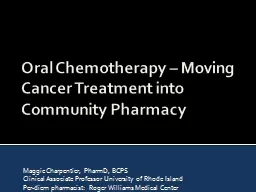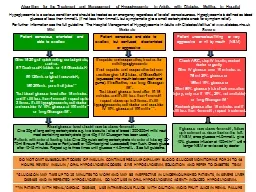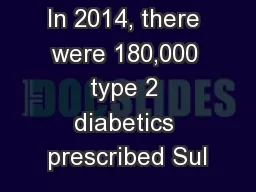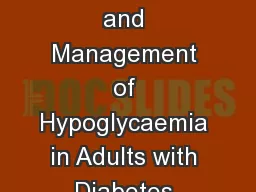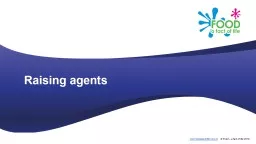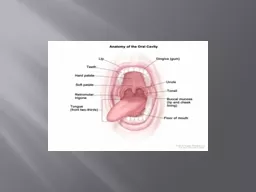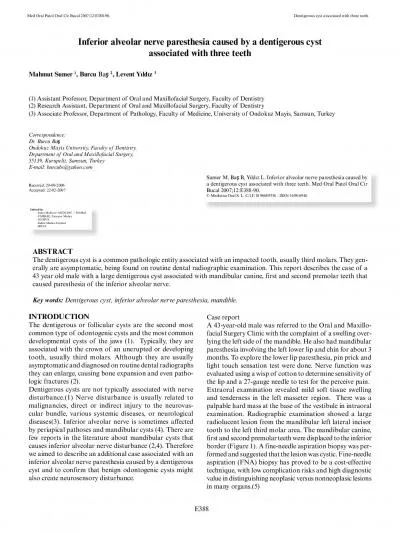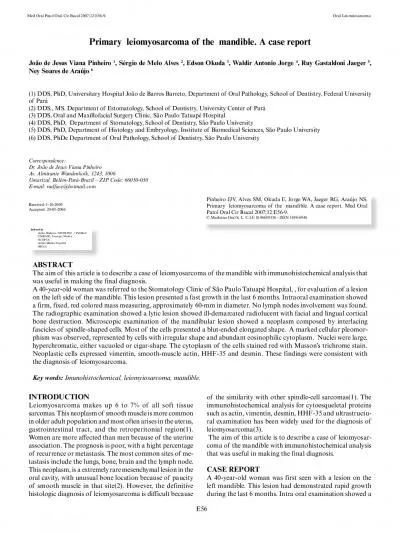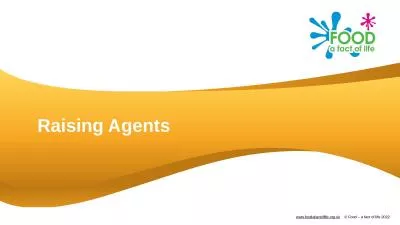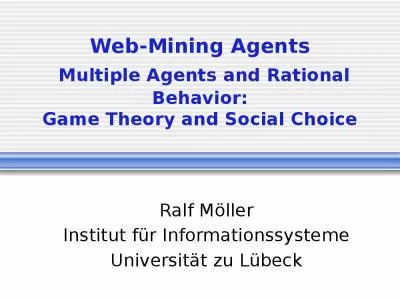PPT-Oral hypoglycaemic Agents
Author : SnuggleBug | Published Date : 2022-08-04
By Akash Saxena KLE College of Pharmacy Belagavi A constituent Unit of KLE Academy of Higher Education and Research Nehru Nagar Belagavi 590 010 Karnataka
Presentation Embed Code
Download Presentation
Download Presentation The PPT/PDF document "Oral hypoglycaemic Agents" is the property of its rightful owner. Permission is granted to download and print the materials on this website for personal, non-commercial use only, and to display it on your personal computer provided you do not modify the materials and that you retain all copyright notices contained in the materials. By downloading content from our website, you accept the terms of this agreement.
Oral hypoglycaemic Agents: Transcript
Download Rules Of Document
"Oral hypoglycaemic Agents"The content belongs to its owner. You may download and print it for personal use, without modification, and keep all copyright notices. By downloading, you agree to these terms.
Related Documents

